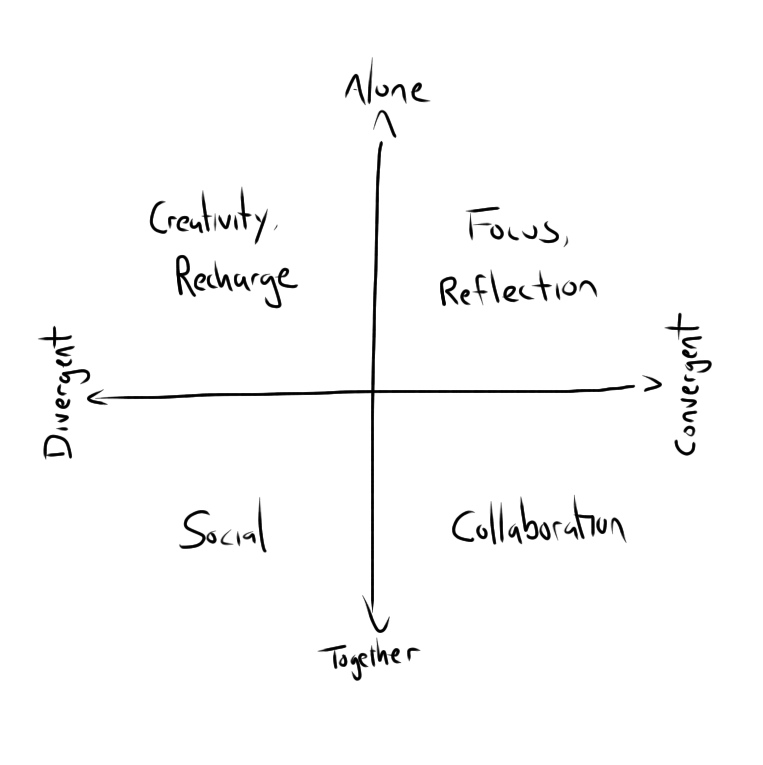Gary Larson on the Creative Process
/Constraints, even arbitrary ones, are central to the creative process. Constraints force us to consider new alternatives, discard subconscious assumptions, and think outside the box. I've written about this before, but I'll be the first to admit that I lack the gravitas that others might bring to the issue. Gary Larson, for instance, has published 23 books, drawn a cover for the New Yorker, and even has a species of lice named after him. And here's what he says about his art:
Because The Far Side is a vertical, single-panel cartoon, I've rarely had the luxury of being able to draw long things (like whales, snakes, ships, etc.) in an accommodating shape. In general, the perspective has to be from front to rear, as opposed to side to side…
In cartoon strips, you frequently see the latter approach - because the strip lends itself well to horizontal images. In The Far Side... ships come at you head on, classrooms are viewed from either the front or the back, and riding in the car is often seen from the perspective of the backseat looking forward or from the windshield looking inward. I just can't draw a '59 Cadillac in profile.
I'm saying this because I drew The Far Side for years without truly being cognizant of why I approached it this way. I was just trying to figure out ways to cram things into a little rectangle. It was a friend of mine (also a cartoonist) who pointed out that I had inadvertently developed one or two drawing skills in the process.
The limitation of space I fought in the beginning ended up being the best drawing instructor I ever had.
From Larson's 1989 The PreHistory of the Far Side. Published without any accompanying cartoons per the artist's wishes.




